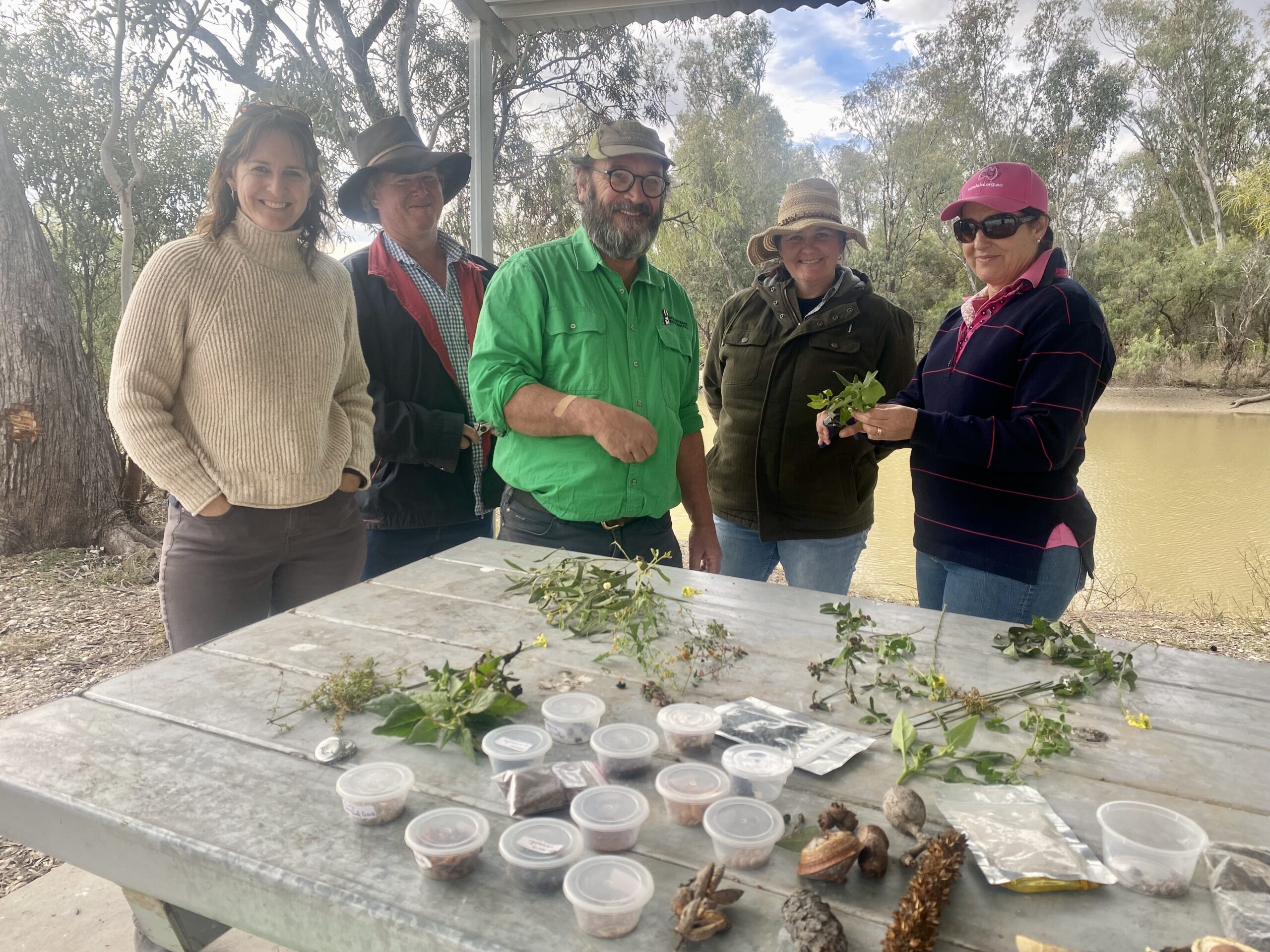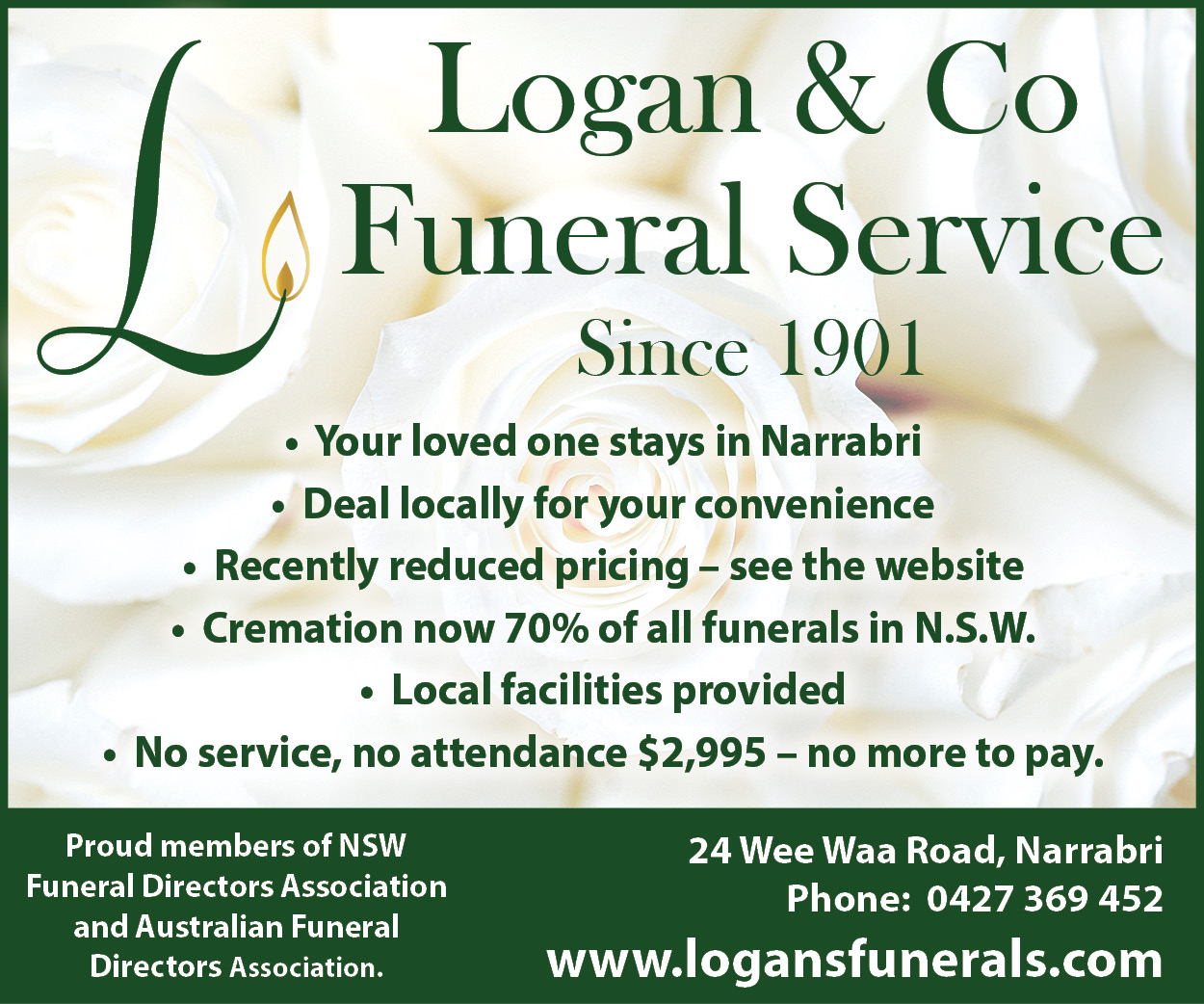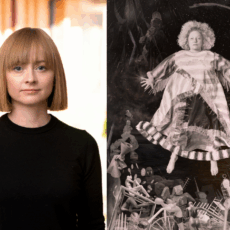CottonInfo and Wee Waa Local Aboriginal Land Council recently invited community members to take part in a workshop about collecting and propagating native plant seed for biodiversity conservation, food, and medicine.
David Carr from Stringybark Ecological delivered the workshop, teaching attendees about plant identification, basic seed collection techniques and the best ways to process and store native seed.
Mr Carr is an ecologist and passionate communicator when it comes to sharing knowledge about the bush and our environment.
“I love being in the bush, I’ve been interested in plants and animals since I was a kid,” he said.
“I’m sad when I see it damaged or destroyed, so I figure the more people I can make aware of how special it is then the more people who will try to look after it and value it and stand up for it.”
Mr Carr stressed it wasn’t hard for people to collect seed and grow their own plants.
“It’s definitely not beyond their ability to learn the skills.”
Local Stacey Vogel was the main organiser of the event in her role as CottonInfo technical lead and Cotton Research and Development Corporation’s research and development manager.
“We’re here at Yellowbank Reserve, just outside Wee Waa, and we’ve got with us Dave Carr, and he’s teaching us about native plant identification and propagation – we’re looking at different trees, shrubs, grasses and forbes, and finding out how to identify different species,” said Mrs Vogel.
“There’s a lot of different apps and books and resources that are available online and David has been teaching us a little bit about what they are and how you can access them.
“According to Dave, knowing the difference between seed and fruit is helpful for identifying plants and essential for propagation.
“He’s been showing us how you tell the difference between seed and fruit and flowers, what time of year different plants are best for collecting seed and how to then propagate that seed.
“So how do you get it to germinate and of course, not all species are the same, and it can be complicated and not as straightforward as you might think.
“It is fascinating, many native species have seeds that have a hard protective outer shell that needs to be removed or broken to allow the seed to germinate.
For example, with your banksias – they need fire to germinate, so if you’re trying to propagate them in your home environment, you need heat to get that to happen.
“For some species of acacias, pouring boiling water over the seed and allowing the seed to cool will help open the hard outer shell so it will germinate when planted.”
Mrs Vogel said the workshop was aimed at community groups, farmers and curious individuals who are looking to do restoration projects.
“What’s really cool about where we are today at Yellowbank is that there is a living outdoor education site here,” added Mrs Vogel.
“And some of the species here are named and tagged, so for people who have done this workshop, it’s a great resource – if they can’t remember the name of a species they can come back here and find out.
“And I believe, North West Local Land Services did a cultural survey here, and they think based on the species that are found at this site that it was possibly a nursery for local Aboriginal people who used to grow species here that they used in medicine and food.
“They think this because of the species found here and the way they are planted shows occupation and influence, that it might have been a food type area or a medicine area.”
Mrs Vogel welcomed the growing interest in native seeds and grains, especially around NAIDOC Week events.
“There are a lot of great programs around at the moment that are really focused on native species, that are supporting communities and farmers to better manage and monitor biodiversity.” Mrs Vogel said the Florabank workshop was held as part of the Cotton Landcare Tech Innovations project, which is funded by CRDC in partnership with the Australian Government’s National Landcare Program Smart Farming partnership initiative.
To order photos from this page click here









